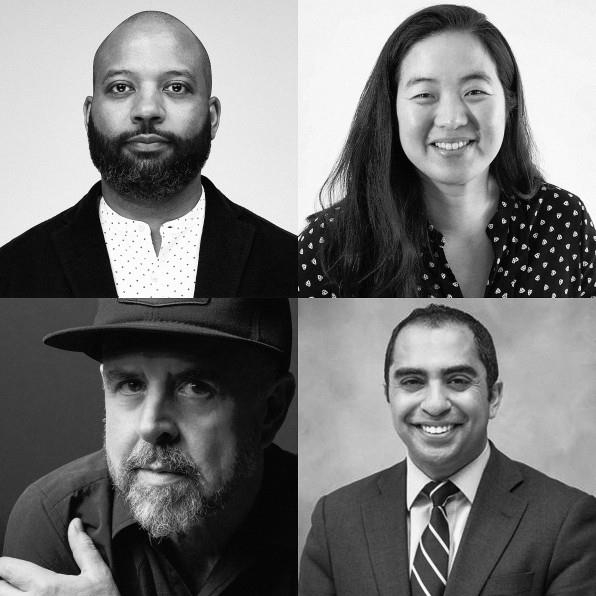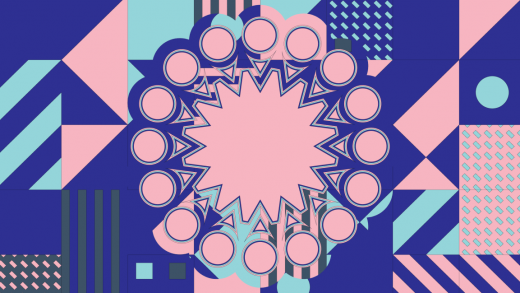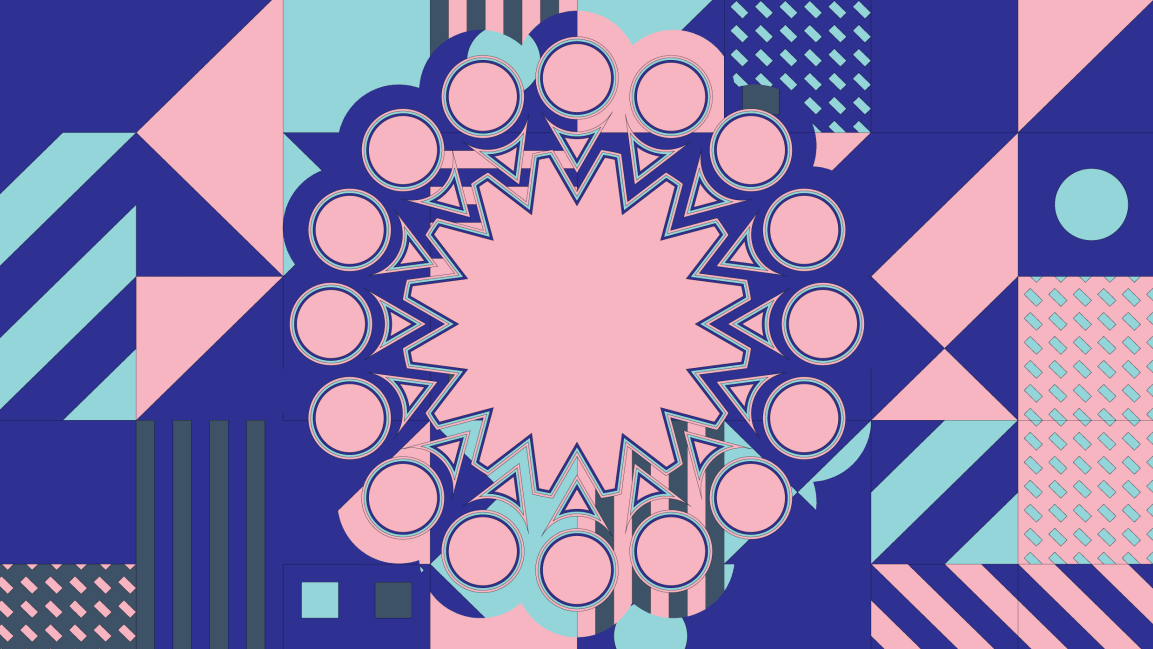4 steps to design a better future after COVID-19
COVID-19, along with the corresponding economic collapse and a movement for social justice, have forced our society into an inflection point. What role will designers play in creating a more inclusive, empathic future? And how does the industry itself need to adapt?
Vanessa Cho, design partner, GV; Gary Hustwit, documentarian and founder, Scenic; Andrew Ibrahim, senior principal and chief medical officer, HOK’s Healthcare Practice; and Bobby C. Martin Jr., cofounder, Champions Design create a road map to reenvisioning our world in four steps as part of a panel at this year’s Fast Company Innovation Festival.

Empathy is bullshit
The first step toward creating a more equitable future is a frank evaluation of our current modes of thinking. For Martin, that’s a recognition that one of the biggest design tropes of the past decade—design thinking centered around “empathy”—is a lie.
A lot of companies based their design ethos in empathy as part of the design thinking process, a 2010s darling of “with it” corporations across industries. Basically, it asked designers to put themselves in their users’ shoes to figure out what those users need. “Now we’re finding that that’s bullshit,” says Martin. That’s because the practice glosses over the inherent inequity in a system that requires a designer to do the thinking for other people, since the intended user is not designing the product themselves. “What’s more important is to go beyond empathy and make sure that the people are creating the work—that are thinking and strategizing—are coming from diverse perspectives.”
There’s a less cutesy, more direct way to make a difference: Invest in communities with the firsthand experience your company is designing for. Companies need to be more proactive in diversifying their hires, according to Martin, and to do so they should start early: Reach kids in elementary school, and broaden the colleges and universities they recruit from.
“We need to short circuit”
Correcting the design industry’s current way of thinking is a great start. Designers also need to change their way of doing, according to Cho, because the sad truth is that inequity is built into the industry’s funnel system.
“The only way we can design equitable products is to have people at that table that represent all those backgrounds,” says Cho. “To get them is a challenge. That’s where the designers need to disrupt how we’ve been doing things before. The sourcing, the pipeline, how we interview, support, sponsor, and mentor these designers needs to be dramatically different because we need to short circuit something.”
Citing his experience as a board member for the Type Director’s Club, which closed due to budgetary restrictions and amid criticism that the organization’s longstanding practices were racist (though it has since resumed operations), Martin seconds the need for a refresh. “It’s not until you completely rethink everything you do and how you do it that we get to a place of real change,” he says. “Hopefully that will influence and change the industry.”
Ruffle feathers. Quantify design
Design is an art, but it is also a science, according to Ibrahim, who has dealt with bad design firsthand as a surgeon on the frontlines of the coronavirus pandemic. “The decisions we make about our built environment can have a lasting positive impact,” says Ibrahim. “One of the cores I hope comes out of COVID is thinking about equitable housing policy. Designers have an opportunity to take that platform and say, ‘There is a more equitable way to design.’ It involves housing policy and economic diversity. That is how we ensure equitable access to health.”
And according to Ibrahim, designers need to embrace quantitative metrics that exist in other fields to get there. “I’m from a very empirical world of surgery and medicine where, almost to a fault, we quantify everything,” Ibrahim says. “I’ve spent a lot of time thinking, ‘What are there ways we can actually measure the quality of design?’ So if the goal of your design is to improve equity, and health, and social housing outcomes, those are measurable things. You could hold your foot to the fire and say, ‘I tried to design this three different ways and this is the consequence of this good or bad design.’”
Ibrahim advocates for designers to use their skills to advance empirical and scientific thought more generally, too. “We need people who are taking discretionary time and energy and are using their design talent to advocate for science and truth,” he says. “To say that this is real. The average person may not understand the scientific nuances of a virus but design has the ability to translate that in a way that’s accessible.”
We have a real chance to put change into action
As a filmmaker, Hustwit is used to taking a long view. Hustwit says there’s a precedent for design’s response to disaster. Scarcity and the destruction of governmental, supply chain, and economic systems drove change in post World War II Germany, Japan, and the UK, he says. But this moment is distinct in its own way. “I think it’s different because design was already in a moment where there was a lot of self-examination about the value of what design or what a lot of designers do in terms of its social value and contribution to the greater good,” Hustwit says. “It’s a time for designers to think about, ‘What I’m doing that’s worthwhile in the bigger picture?’”
Our current crisis mode is a call to reevaluate everything designers do. “There’s so much out there that needs to be redesigned,” says Hustwit. “I would love to see government, health, economic, and diplomatic systems redesigned in the next 10 years and design have a focus on society and designing for good. It’s something we’ve been talking about for decades. Design can’t just be thought of as making a product. It has to think about its place in society and its repercussions. Now we have a real chance to put it into action.”
(10)



